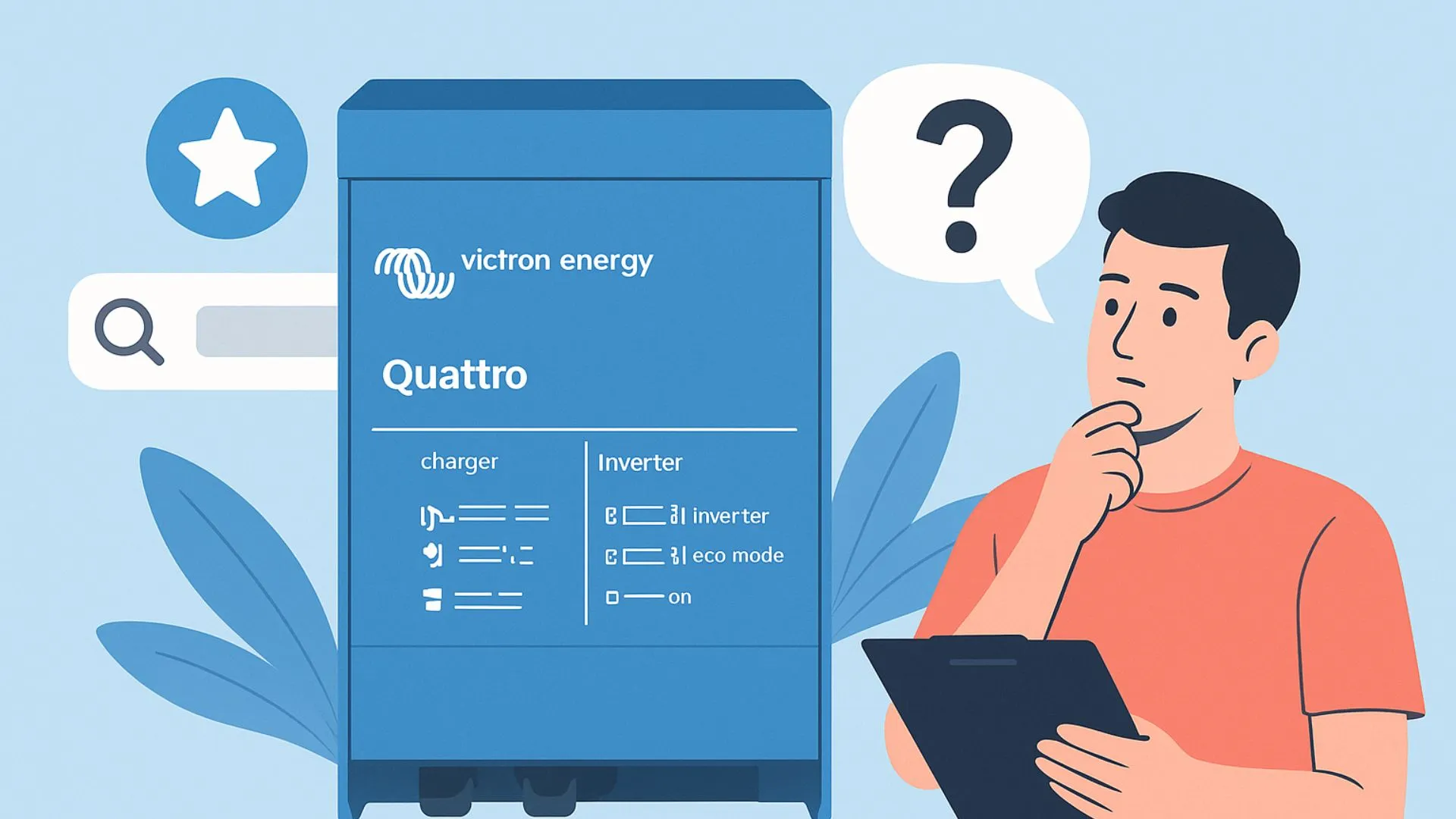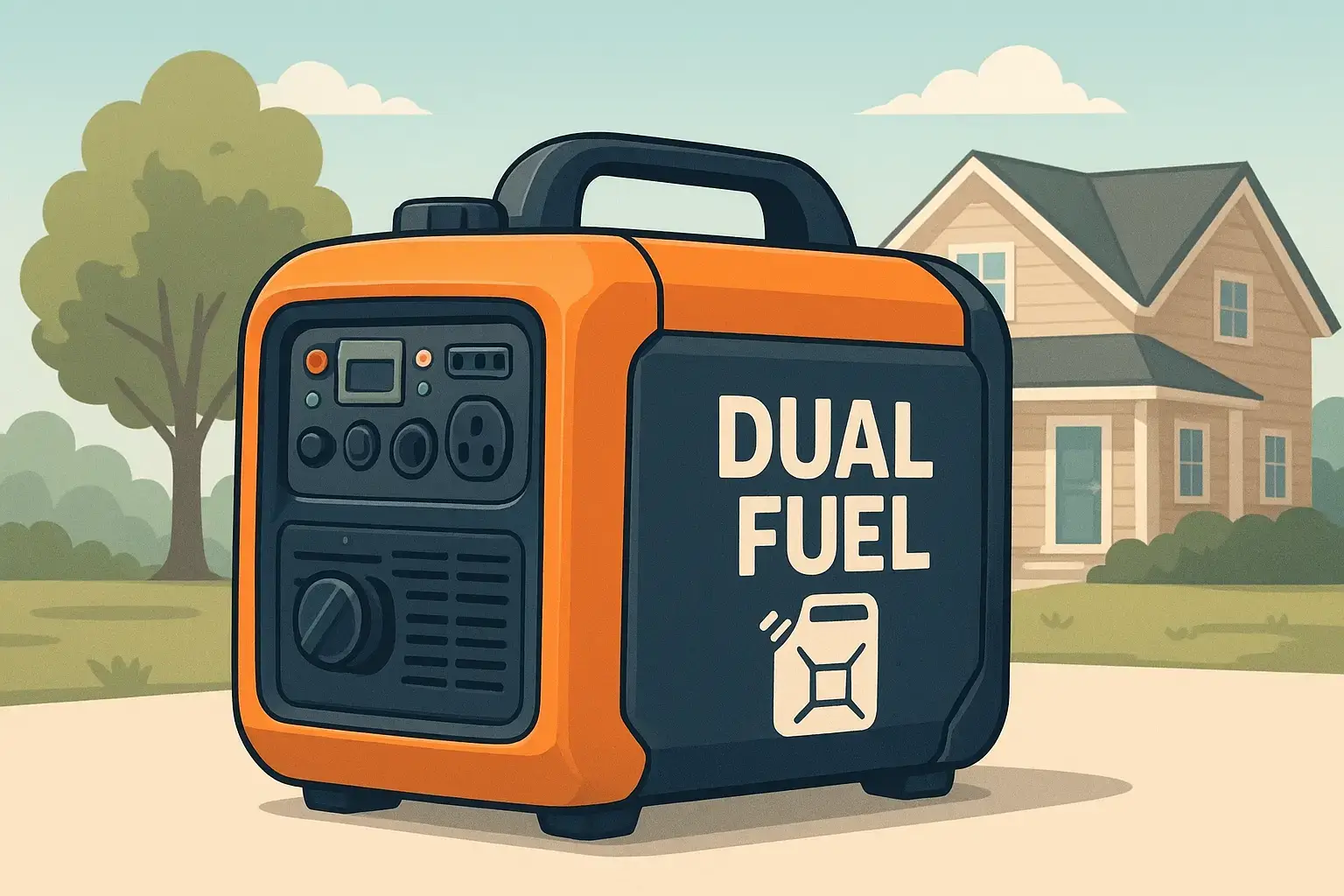Have you ever wondered if biodegradable trash bags are truly beneficial for the planet? 🤔
Despite becoming a staple for consumers in recent years, there's more to explore behind the intention of offering a sustainable solution for waste management. What does "biodegradable" truly mean, and is the term being used appropriately?
Waste management solutions are becoming increasingly crucial as the world grapples with rising waste numbers. That's why biodegradable trash bags are particularly handy in this market niche.
In this article, we will delve into these questions to better understand the environmental impact of biodegradable trash bags and whether they genuinely contribute to reducing plastic pollution.
Biodegradable materials possess the innate ability to be naturally consumed by living organisms in a natural environment. Common biodegradable items include paper, food scraps, and certain plastics. However, metals, glass, and most conventional plastics do not fit into this category.
In practical terms, landfill conditions significantly impede the natural degradation process due to a lack of essential elements such as airflow, moisture, and access to microorganisms. As a result, biodegradable bags may not decompose as intended when disposed of in landfills.
Compostable materials go beyond biodegradability. They can break down efficiently in controlled environments like compost heaps, where airflow, heat, and moisture are regulated. This creates an ideal habitat for microorganisms, speeding up the decomposition process. For instance, a newspaper can turn into nutrient-rich compost within weeks or months.
Industrial compostability mirrors the principles of compostability, requiring designated compost piles professionally managed to facilitate decay. Unlike home composting, which is akin to a small-scale recycling project, industrial facilities use advanced methods to turn organic waste into compost quickly. However, some plastics labeled as "compostable" necessitate specialized composting facilities, which are not commonly available.
It's not just about using eco-labeled products; it's about making informed decisions that align with responsible environmental practices.
When it comes to garbage bags, reusing everyday bags like those from grocery shopping proves to be a more environmentally friendly option. It's important to note that for trash bags, the situation is more challenging, making it difficult to substitute with paper or reusable options.
Biodegradable bags, if not processed in a proper compost facility, may decompose improperly in landfills, emitting methane—a potent greenhouse gas. Biodegradable materials may break down without oxygen, releasing powerful greenhouse gases like methane and carbon dioxide.
As summarised by the EPA, Global Warming Potentials are crucial when considering the impact of certain gases on our planet. These are regularly updated by the IPCC and the latest assessment report dates from this year (AR6). Having been a part of Climatiq a company that quantifies greenhouse gas emissions, science is always pushing things further in terms of lifecycle assessment of products using different methodologies. Not all products currently have a granular enough quantification (indirect emissions, Scope 3).
Environmental science emphasizes the importance of oxygen incorporation in composting. Landfills lack the necessary oxygenation process, leading to anaerobic digestion, which produces methane. This underscores the potential drawbacks of using biodegradable products in landfills, raising questions about their environmental benefits.
Compostable bags, crafted from plant-based materials, may not fully break down in home composting setups due to insufficient heat. Municipal or commercial composting facilities, with their controlled conditions, are better suited for the decomposition of these bags.
Experts suggest reusing paper bags for composting or relying on existing grocery bags for trash.
Municipal collection guidelines should be consulted to determine if compostable bags are accepted.
If permitted, choosing bags certified by the Biodegradable Products Institute (BPI) ensures adherence to compostability standards. If you purchase one from Amazon, it is handy to look for the Climate Pledge Friendly label. The reason being that often a partnership has been established between the selling brand and a climate-geared governmental or non-governmental organisation like Climate Partners.
For other products with a potentially low carbon footprint, it's crucial to check for certifications. Understanding the materials used is essential since various plastics degrade at different rates. When uncertain, choosing a reusable bag like a tote bag for shopping is a reliable option compared to plastic bags. However, replicating this practice in a home waste management system poses challenges.
Compostable bags, though seemingly eco-friendly, may pose challenges.
The composition of these bags may not align with the conditions of all composting systems.
Municipal or commercial composting facilities, rather than home setups, are better equipped to facilitate complete decomposition.
The acceptance of compostable bags varies among composting systems. Municipal guidelines dictate what materials are permissible. BPI certification stands as a reliable standard for compostability, ensuring that items break down swiftly and completely in well-managed facilities while prohibiting harmful substances.
Home composting systems, lacking the requisite heat levels, may not effectively decompose compostable bags. Reverting to brown paper bags or freezing food scraps to mitigate odor is suggested. At-home composting remains a more challenging environment for the breakdown of certain materials.
Understanding the nuances between biodegradable and compostable is crucial. Biodegradable plastics labeled as such may not necessarily be suitable for composting and can persist in landfills for extended periods, contributing to environmental issues.
Cities may recommend brown paper bags as liners for food-scrap containers, offering a sustainable alternative. However, confirmation of paper bag acceptance in off-site composting programs is essential.
Opting for paper or reusable bags is a better choice, especially considering that 'biodegradable bags,' despite their labelling, may release methane into the atmosphere—a gas much more potent than carbon dioxide. However, this is not frequently possible with waste management.
Storing food scraps in the freezer, in reusable containers, is an effective method for odor control. This eliminates the need for countertop bins, promoting a cleaner and more sustainable approach.
Countertop containers equipped with charcoal filters aid in reducing odors. Regular maintenance and rinsing of bins after each use prevent the buildup of unpleasant smells.
Here are a couple of good options you can find on Amazon. Always be mindful of the fact that 'biodegradable' or plant-based does not necessarily mean sustainable or something that is 100% good for the planet. These materials present advantages over traditional plastic bags, but they are not void of plastic; thus, they still contribute to GHG emissions. Different grades of plastic have different impacts.
When making a choice for any product, it is important to consider the carbon footprint and associated emissions, as well as the quality of plastic being used.
In the quest for sustainable practices, understanding the complexities of biodegradability, compostability, and their applications is paramount. Practical choices, such as reusing existing bags and adhering to municipal guidelines, contribute to a greener future. Opting for paper or reusable bags is a better choice, especially considering that 'biodegradable bags,' despite their labeling, may release methane into the atmosphere—a gas much more potent than carbon dioxide.
It's not just about using eco-labeled products; it's about making informed decisions that align with responsible environmental practices!














